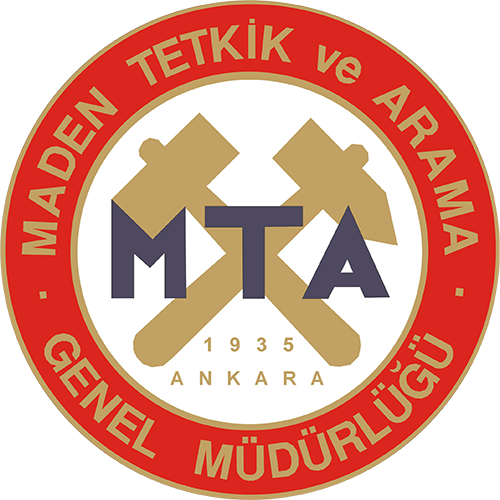Details
Evaluation of radioactive properties and microfaunal evidence in the Bosphorus and the Dardanelles straits and Golden Horn sediments
İstanbul ve Çanakkale boğazları ile Haliç sedimentlerindeki radyoaktif özelliklerin ve mikrofaunal bulguların değerlendirilmesi
Indexed In
Volume 173 / April 2024Authors
İpek F. BARUT, Engin MERİÇ, Mustafa ERYILMAZ, Atike NAZİK, Feyza DİNÇER, Erol KAMKeywords
Bosphorus and Dardanelles Straits (Türkiye), Sediment, Golden Horn (Istanbul), Gross alpha and beta, Microfauna (benthic foraminifera, ostracoda).Abstract
The aim of this study is to investigate radioactive pollutants from pollution loads transported from the Black Sea to the Aegean Sea by the Turkish Straits System and their effects on microfauna (benthic foraminifer and ostracod) assemblages. In the study, the effects of gross alpha and beta activity on the species number, species diversity, dominant species and species richness of benthic foraminiferal and ostracod assemblages were investigated in 16 bottom sediments taken from different depths in the Golden Horn, Bosphorus and Dardanelles straits. In the studied sediment samples examined 61 genera and 64 species of benthic foraminifera, 23 genera and 26 species of ostracoda were identified. In addition two migratory foraminifera species were observed as Spiroloculina antillarum of Atlantic-Pacific origin and Peneroplis pertusus of Indo-Pacific origin. A relationship between the abundance of microfauna and high gross alpha and beta values was found in the Dardanelles samples, but not in the Bosphorus and Golden Horn samples. In this study, the highest radioactivity value was observed in the deepest bottom sediment samples. Consequently, the gross alpha and beta values were seen to be close to each other in the Dardanelles Strait and Golden Horn samples, and they had a broad-spectrum in the Bosphorus samples.
Click for .pdf Türkçe .pdf için tıklayınız
